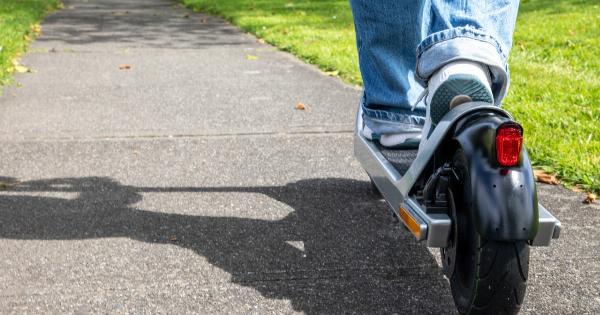Spinal Cerebellar Ataxia or SCA is a genetic neurological disorder that affects the cerebellum, the part of the brain responsible for controlling movement coordination, balance, and muscle tone.
This disease primarily affects the communication between the brain and spinal cord, resulting in mobility problems such as unsteady gait, difficulty with fine motor skills and coordination issues.
What is Exercise Therapy?
Exercise therapy, also known as physical therapy, is a form of rehabilitation that consists of targeted exercises to improve mobility, strength and flexibility, and overall health and well-being.
Exercise can help improve balance, coordination, endurance, and overall quality of life.
Exercising for Spinal Cerebellar Ataxia
SCA patients can benefit greatly from exercise therapy. Because SCA affects mobility, selective exercises can significantly improve the patient’s quality of life.
Exercise therapy can help alleviate symptoms, improve mobility, and maintain functional independence.
Types of Exercise Therapy
- Balance Exercises: Balance training helps strengthen the muscles that control balance and improve overall postural stability.
- Resistance Exercises: Resistance exercises are done using weights or resistance bands to help strengthen the muscles.
- Aerobic Exercises: Aerobic exercises, also known as cardio exercise, helps in gaining endurance and builds strength in the lungs and heart. These exercises can also improve sleep quality and overall energy levels.
The Benefits of Exercise Therapy for SCA Patients
Exercise therapy can provide a range of benefits for SCA patients.
- Better balance and coordination
- Improved core strength and stability
- Improved muscle strength
- Reduced muscle stiffness and spasticity
- Better flexibility and range of motion
- Reduced pain and discomfort
- Enhanced cardiovascular health
- Improved mental health
How to Get Started with Exercise Therapy for SCA
Before starting any exercise program, it is important to talk to your doctor or a physical therapist. They can help design an exercise plan that is best suited for your needs and abilities.
They can also help you understand how to perform the exercises correctly to avoid any injury or discomfort. Here are some tips to get started with exercise therapy for SCA:.
- Start with gentle exercises like walking or stretching and increase the intensity gradually.
- Begin with seated exercises if standing is uncomfortable or unsteady
- Choose exercises that target the specific muscle groups affected by SCA.
- Exercise several times a week for best results.
- Warm-up before exercising and cool-down after exercising.
- Listen to your body and avoid over-exerting yourself to avoid causing injury or fatigue.
Conclusion
Exercise therapy can be of immense benefit to individuals with Spinal Cerebellar Ataxia. It is important to work with an experienced physical therapist to design an individualized exercise plan.
Exercise therapy for SCA can provide a range of benefits including improved balance, coordination, strength, and flexibility. But above all, it can provide a better quality of life for those affected.






























